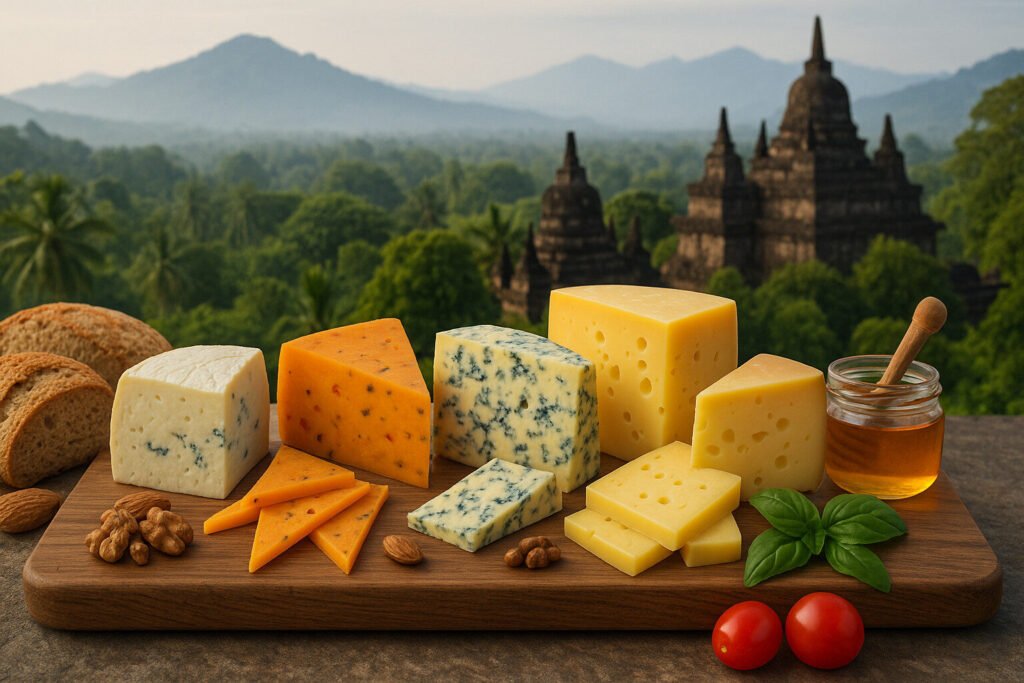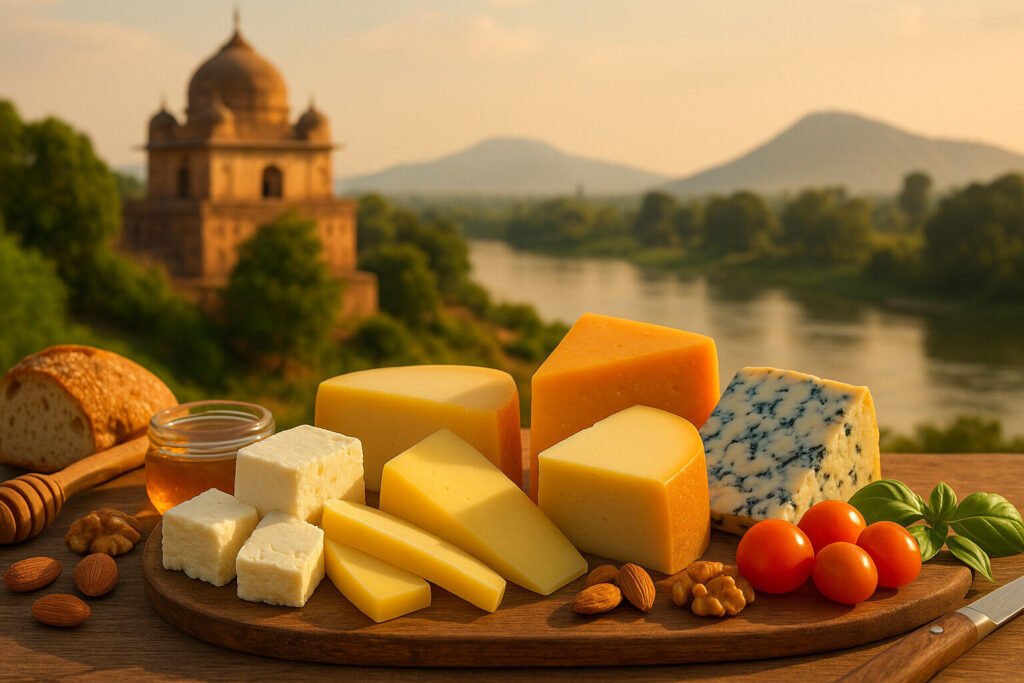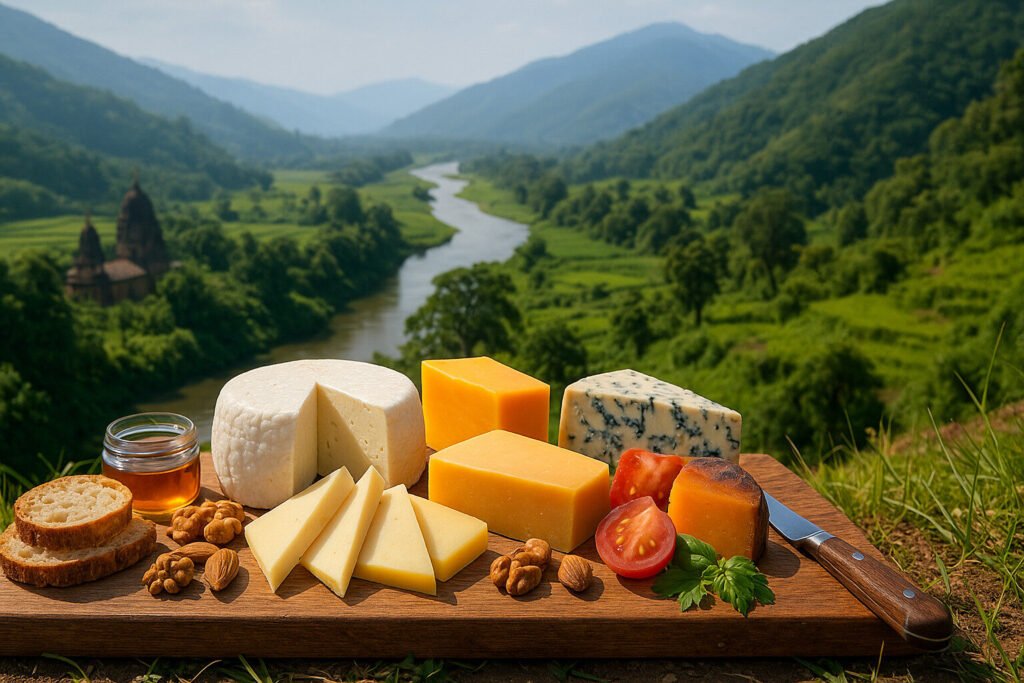Cheese Of Sri Lanka
Cheese in Sri Lanka
Sri Lankan cheese production is a small but growing segment of the dairy industry. It primarily consists of fresh, soft cheeses and processed varieties adapted to the local palate. These cheeses are often made from cow’s milk or buffalo milk sourced from domestic farms.
The scope of Sri Lankan cheese is defined by its response to a tropical climate and culinary traditions. It does not traditionally include aged, hard cheeses common in Europe. Instead, the focus is on quick-maturing products that complement the nation’s spicy and flavorful cuisine.
Production Methods
Traditional cheese production in Sri Lanka often involves simple acid or heat coagulation of milk. A common technique is the making of paneer, a fresh, non-melting cheese. This process includes curdling heated milk with a food acid like lemon juice or vinegar, then pressing the curds.
Modern dairies also produce processed cheese and cheese spreads for improved shelf stability. These methods involve emulsifying cheese with other dairy ingredients and salts. The entire production chain is designed for efficiency in a warm climate where refrigeration is essential.
Sensory Profile
Sri Lankan cheeses are generally mild, milky, and slightly tangy. Fresh cheeses like paneer have a soft, crumbly texture and a clean, lactic flavor. They are designed to be a neutral base that absorbs the spices and flavors of accompanying dishes.
Processed cheese varieties offer a softer, more spreadable consistency with a saltier taste. They lack the complex nutty or fungal notes found in aged European cheeses. The sensory experience is straightforward and functional within the context of a meal.
Culinary Uses
In Sri Lankan cuisine, cheese is primarily used as a cooking ingredient rather than a table cheese. Paneer is famously used in curries, where it is cubed and simmered in spiced gravies. It provides a soft, protein-rich component that contrasts with fiery sauces.
Processed cheese is commonly used in modern snacks, sandwiches, and as a topping for baked goods. Its melting properties make it suitable for fusion dishes that incorporate Western influences. It is not typically served on a cheese board with accompaniments.
Regional Context
Sri Lanka’s cheese production is not regionally specialized like in many European countries. Production is centralized around larger dairy processors located near urban centers like Colombo. Local adaptations focus on creating products that suit available ingredients and market demands.
The cheese style is an example of a category defined by necessity and cultural integration rather than terroir. It represents how a non-native food product is adopted and transformed within a specific national context. This makes it a unique case study in global cheese taxonomy.



